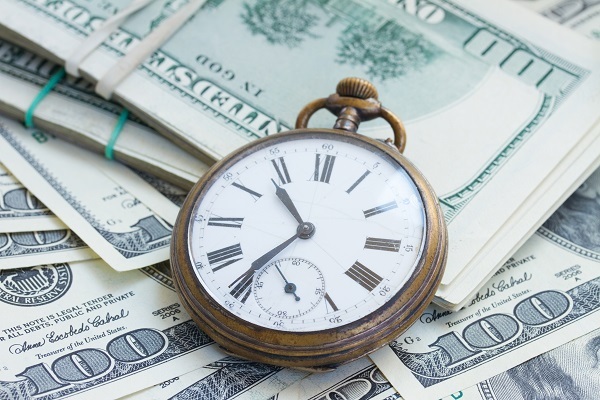
With global markets staging a healthy recovery last week, investors hold their breath as to where we go from here – higher or lower as the game show likes to say. Central banks and governments the world over have thrown the proverbial kitchen sink at stimulating their economies, so now that silver bullet has been shot, all that remains is for markets to watch the progress of contagion and evaluate how effective the stimulus packages are in offsetting a severe recession.
Whilst this is a deeply concerning inflection point for investors, there is some evidence of a Chinese recovery taking place which is reassuring. Why is this important? China is still the fastest growing mainstream economy in the world with the largest middle class of consumers, its nation holds 20% of the world’s wealth, 30% of all manufacturing and another 30% of all international trade. It still makes over 70% of the world’s smart phone components, 80% of the world’s toys and retains monopolistic control over many of the world’s leading drug ingredients. If we are to pull out of this economic nosedive without it turning into the next Great Depression, this Asian economy must be back to fighting strength.
Well, Chinese consumption is back to 85% of its average with car sales recovering some 40% in a matter of weeks and shipping accelerating back to full capacity. This morning, Chinese manufacturing numbers staged a reassuring bounce back. Whist these numbers don’t constitute a full recovery, it is very much a move in the right direction. Importantly, it allows investors to extrapolate the type of economic recovery that could be feasible in the US, European and UK economies when they get COVID-19 under control.
For investors, talk of a market recovery is not a matter of “if” but “when”. Markets are inherently a discounting mechanism so an economic recovery will likely be preceded by a rallying stock market as investors begin to price in the recovery before it has happened. Given China is already accelerating out the back of COVID-19, investors are starting to get some idea of how and when to price in what a Western economic recovery could begin to look like.
The one trillion dollar question is, when to buy in?
“Timing the market” – its simplicity betrays an inconvenient truth, almost everyone gets it wrong. So much so that getting it wrong is called “catching a falling knife”, which needs no explanation.
Fund managers often rubbish the art of timing the market and confess to avoiding the practice all together. In times like this, with little to no indication of how markets are going to react in the short-term, we tend to agree with them.
There is another well-known phrase which looks similar but sends a wholly different message to us as investors. Its message is straightforward and, with the right investment discipline, very achievable.
“Time in the market” – the phrase speaks to superior returns being made from time spent being invested rather than a strategy focused on repeatedly selling out, then buying back into markets.
Looking back from 1989 to 2016, if you missed the best 10 trading days on the FTSE All Share, you missed out on a colossal 45% of investment gains. That’s a pretty severe performance lag for missing just 10 days in 30 years. Compelling or concerning? You decide.
Better then to keep some capital invested and ride the rollercoaster lest you are sat on the sidelines when the snap back happens, because when it does, it’s usually fast and doesn’t give you time to buy in. With trillions of QE pumped into capital markets, the cash suddenly being forced back into stocks could create a parabolic rally, giving investors on the sidelines virtually no window to buy in before they have missed a substantial chunk of the gains.
So how to marry the intention not to invest client cash into a directionless equity market, yet ensure we are properly invested for the market snap back?
We will continue, after down-market days, to steadily add small incremental investments into the equity and other directional market. We are topping up a combination of funds which hold some of the highest quality assets around the globe that are now trading at well below their book value (i.e. buying a Ferrari for less than the cost of the parts it took to build it). TAM is also investing in managers with demonstrable track-records of picking hammered stocks in the most affected areas of the market and riding those stocks up as they recover.
So, we are not foolish enough to believe we know where the bottom of this market is. We are however, sensible enough to know that regardless of how low these markets go, quality is still quality and buying top-shelf assets at bottom-shelf prices is a sure fire way to position ourselves for the recovery rally, because at the end of the day, it’s less about timing the market and more about time in the market.
Please stay safe and rest assured that we will continue to tirelessly manage your portfolios during this challenging period.
DOWNLOAD THE
March 2020 INVESTMENT NOTE
 It’s not about timing the market, but about time in the market.
It’s not about timing the market, but about time in the market.
Unusual times but it’s business as usual
